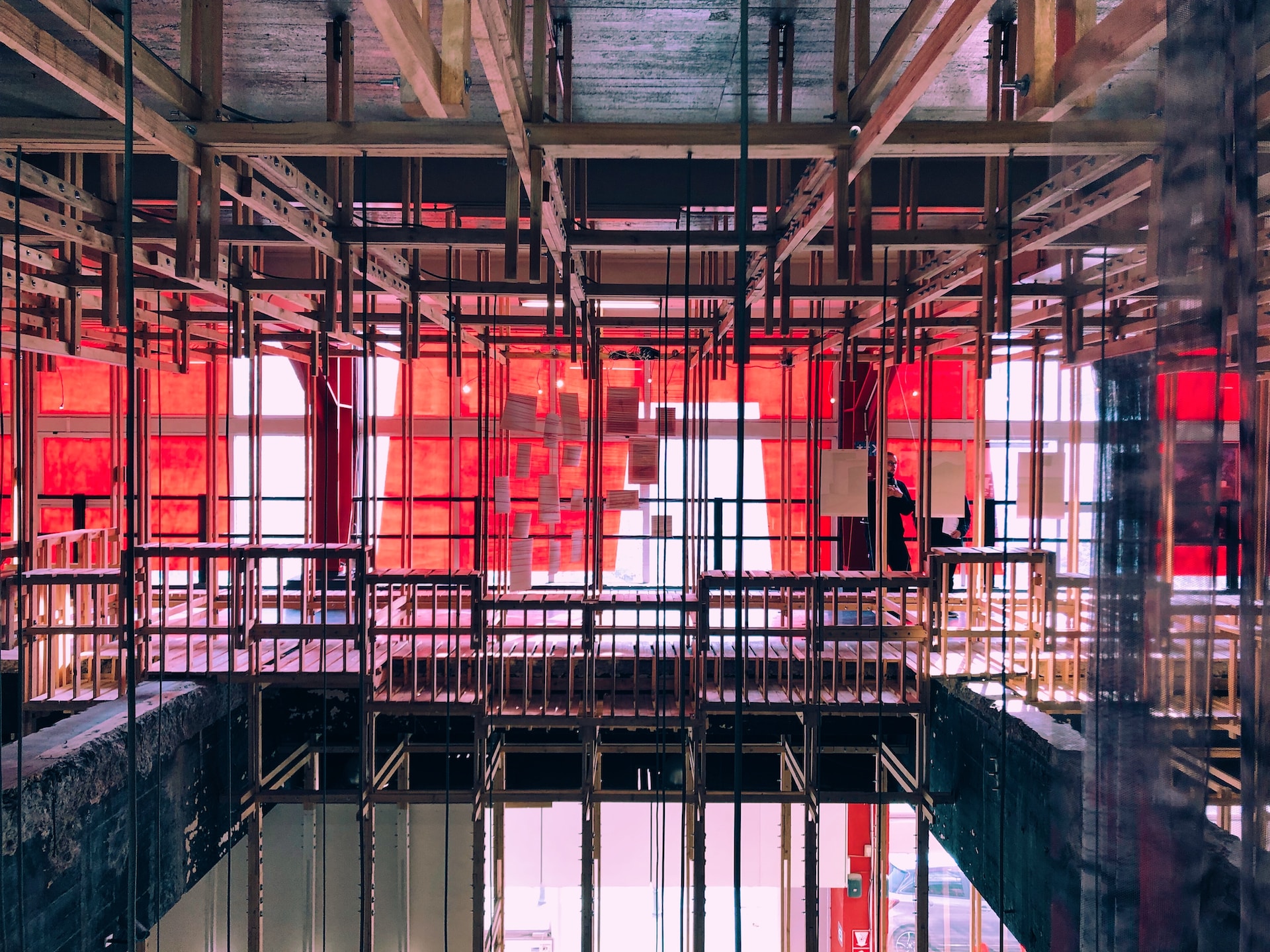Artificial Intelligence – or AI has had a high profile recently. In fact, it is playing an increasingly greater part in our lives, being used for everything from medical procedures to content creation, to helping businesses to understand our buying habits. The ability to use AI for these continuously evolving functions rests on having adequate internet and cloud access.
The ‘internet’ consists of a mass of data that needs to be stored somewhere so that it can be accessed by users, and the majority of this data is stored in data centres.
What is a Data Centre
A data centre is a space where this data is stored, processed, and accessed. It will normally be an enormous building – often a warehouse or somewhere larger that has been fitted out to easily store the computer systems and the other components that are required for the internet to work.
Data centres as a commercial property do not require much space and facilities for people – very few people work there as it is mainly a place for businesses to store their data. They will often be housed in huge warehouses, buildings, or even several buildings. Data centres are often located out of town to keep costs as low as possible with the area as large as possible.
Due to the amount of data that is processed in these centres every second, there is a huge amount of energy required – and, indeed, generated. This means that data centres produce huge amounts of heat, meaning that cooling systems are an important feature in data centres. Many of them use water to cool the spaces, and they are increasingly looking for cheap (and hopefully renewable) energy, as well as innovative ways to use this energy – one example is to channel the heat to warm nearby homes, for example.
Latency
There are some internet applications for which latency is a massive factor. Latency is a word that describes a sort of friction in the supply of the internet. When data is accessed from a user, the data is sent along a cable to the user. Latency is the time that it takes the data to arrive. In times gone by, the speed of the internet has not been too important.
Today, however, with the rise of streaming and other internet functions, the internet needs to be faster. With gaming, for example, the speed needs to be very fast, requiring the minimum ‘friction’ possible. It would not be much fun playing a game where there is a delay between what you are doing and what other players are doing, for example. The less direct the data’s ‘route’, the longer it takes to arrive, and therefore, the slower the internet.
The Impact of Artificial Intelligence on Data Centres
With the rise in AI, new demands are being placed on the already in-demand data centres. Firstly, there is much more space required than in the good old days of the basic internet. Estimates show that up to ten times the amount of space is going to be needed as AI becomes more established in society.
As the world moves towards increased use of AI and reliance on the internet, it is obvious that we will be needing more or bigger data centres, as well as data centres that are closer to the user to ensure that latency is not an issue. Data centres might need to be set out and managed differently to accommodate the technology and data space needed for AI to properly function. Of course, this is notwithstanding any technological updates that could mitigate these issues.
What Does This Mean for Commercial Property?
There is no stopping the rise of AI, which means that in order to continue the transition to an online, world of AI and the benefits (and pitfalls) that it provides, commercial property will also need to change.
Data centre space is already a booming market in commercial property, and this is only likely to increase. Previously, huge data centres have been constructed in large open areas around the world – such as in more remote locations in the USA and Scandinavia. However, with the need for increasingly improved latency, it is possible that we will be seeing more data centres closer to home.
It is likely, for example, that data centres will be more concentrated in the areas of the country where land is less expensive. We are more likely to see some commercial property being converted into data centre complexes as well as existing data centres.
Another major factor to consider is that data centres require huge amounts of energy. This means that there needs to be good and reliable energy sources easily available to the data centre. It also means that considerations need to be made to ensure that cooling systems are both effective and taken advantage of (the heat that is generated is used for the creation of new energy, for example).
Final Thoughts
Over the past few years, we have seen many warehouses or other large spaces being converted into data centres, or new buildings being constructed in order to house the vast amount of data that is continually growing. Of all of the predictions that we can make about the future, the use and expansion of AI appears to be one of the most concrete of them.
This means that we know that even more space is going to be needed in the future – at least until technological advances find a solution to this issue.
If you are a commercial property landlord looking for tenants or a business looking for a new base for your operations, we can help you here at Boxpod. Take a look at our website to see what we can do for you.

